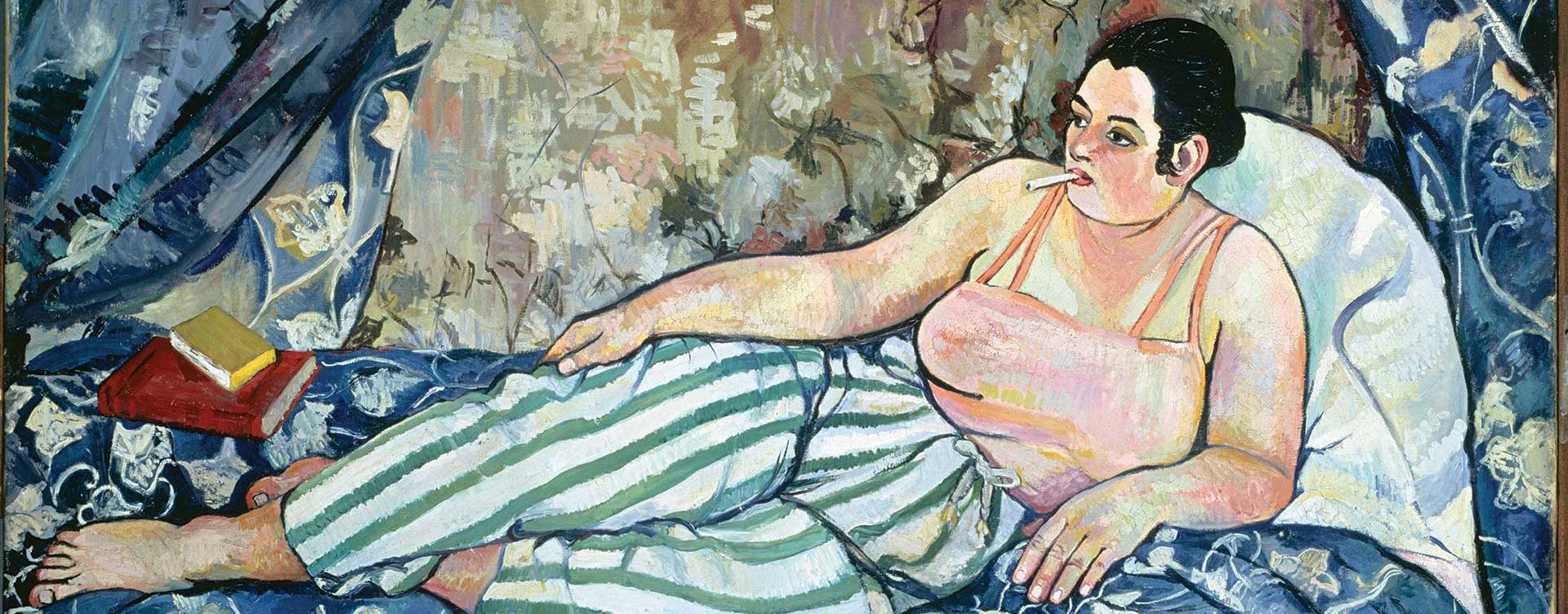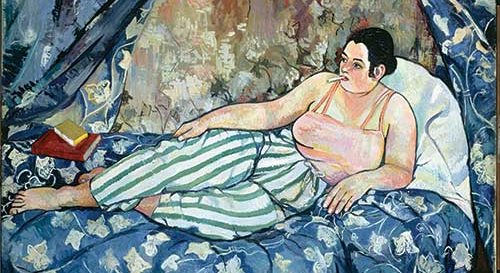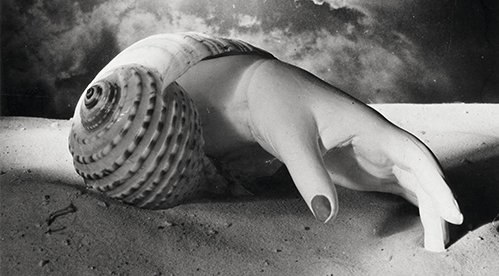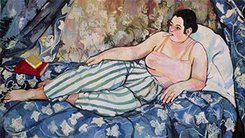
Focus on... "The Blue Room" ("La Chambre bleue") by Suzanne Valadon
Legend has it that the painter Henri de Toulouse-Lautrec once told Marie-Clémentine Valade, his young model: “You pose nude for old men, you should be called Suzanne!”—a reference to the biblical Susanna, who was falsely accused after being spied upon whilst bathing. The name stuck, becoming her artist’s signature. Born into a modest family, Suzanne Valadon first worked as a model before fully establishing herself as an artist. Living on odd jobs in Montmartre—seamstress, trapeze artist—she posed for artists such as Pierre Puvis de Chavannes, Auguste Renoir, and Henri de Toulouse-Lautrec (who painted her in The Hangover, 1888). Observing these painters at work, she gradually taught herself to paint. Recognising her talent, Edgar Degas took her under his wing and introduced her to printmaking.
Valadon’s career illustrates the shifting role of women artists at the turn of the 20th century. Fiercely independent, she did not adhere to any particular artistic movement—except, perhaps, her own. Gaining recognition during her lifetime, she became the first woman admitted to exhibit at the Salon de la Société Nationale des Beaux-Arts in 1894 and was named a full member of the Salon d’Automne in 1920.
By 1923, when she painted The Blue Room, Valadon was already a respected artist, making a living from her work. This small canvas, dominated by shades of blue, belongs to a series of female portraits from a period when she was exploring the relationship between personal identity and private space.
With The Blue Room, Valadon overturns the traditional representation of women in art, particularly the orientalist motif of the odalisque—typically a semi-nude woman offered up to the male gaze, as painted by Jean-Auguste-Dominique Ingres or Henri Matisse.
With The Blue Room, Valadon overturns the traditional representation of women in art, particularly the orientalist motif of the odalisque—typically a semi-nude woman offered up to the male gaze, as painted by Jean-Auguste-Dominique Ingres or Henri Matisse. Unlike these sensual nudes or idealised scenes, Valadon’s subject is captured in an ordinary moment of life. Dressed in simple, functional loungewear, she is not there to please or be admired, but for herself, absorbed in her reading. Her relaxed, almost defiant posture suggests self-possession. Her body is full, defying the beauty standards of the time, and the cigarette in her hand adds to the painting’s quiet transgression. Throughout her career, Valadon used her female models to explore themes related to her own life, emotions, and identity. She also painted several self-portraits, demonstrating a deep engagement with her role as both a woman and an artist. While The Blue Room is not officially a self-portrait, it can be seen as a projection of her ideals—an assertion of her freedom from societal expectations and, perhaps, an intimate reflection of her own inner world. ◼
More infos about Suzanne Valadon : https://awarewomenartists.com/artiste/suzanne-valadon/
Related articles
In the calendar
Suzanne Valadon, La Chambre bleue, 1923
Huile sur toile, 90 × 116 cm
Photo © Centre Pompidou, Mnam-Cci/ Dist. GrandPalaisRmn




